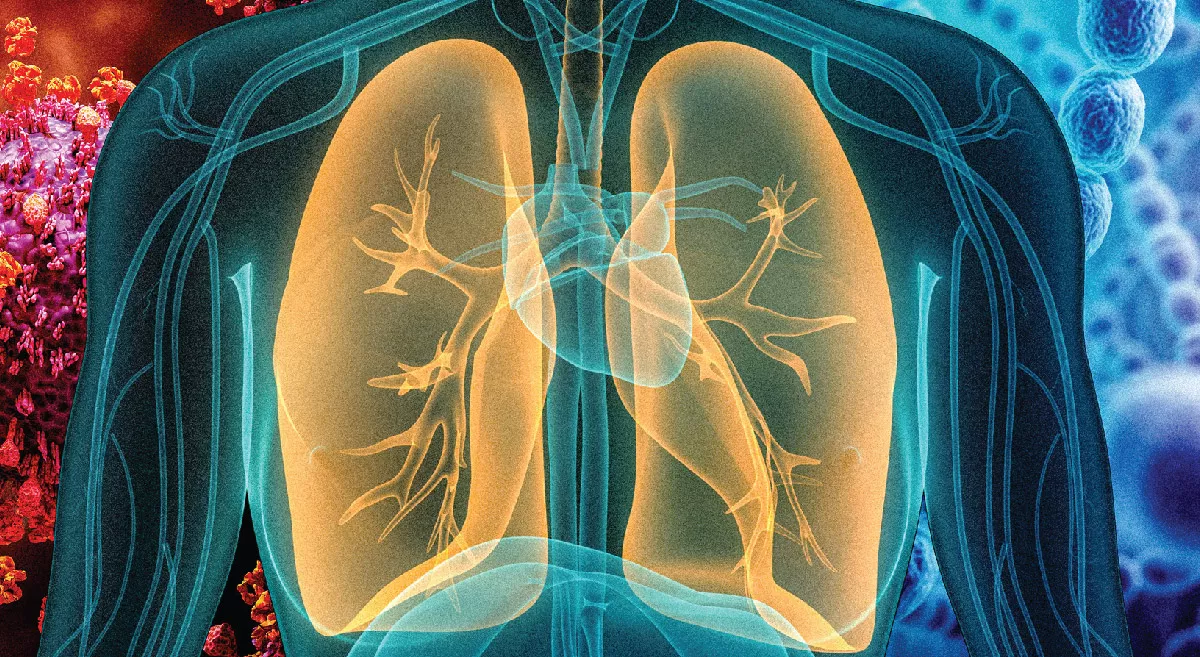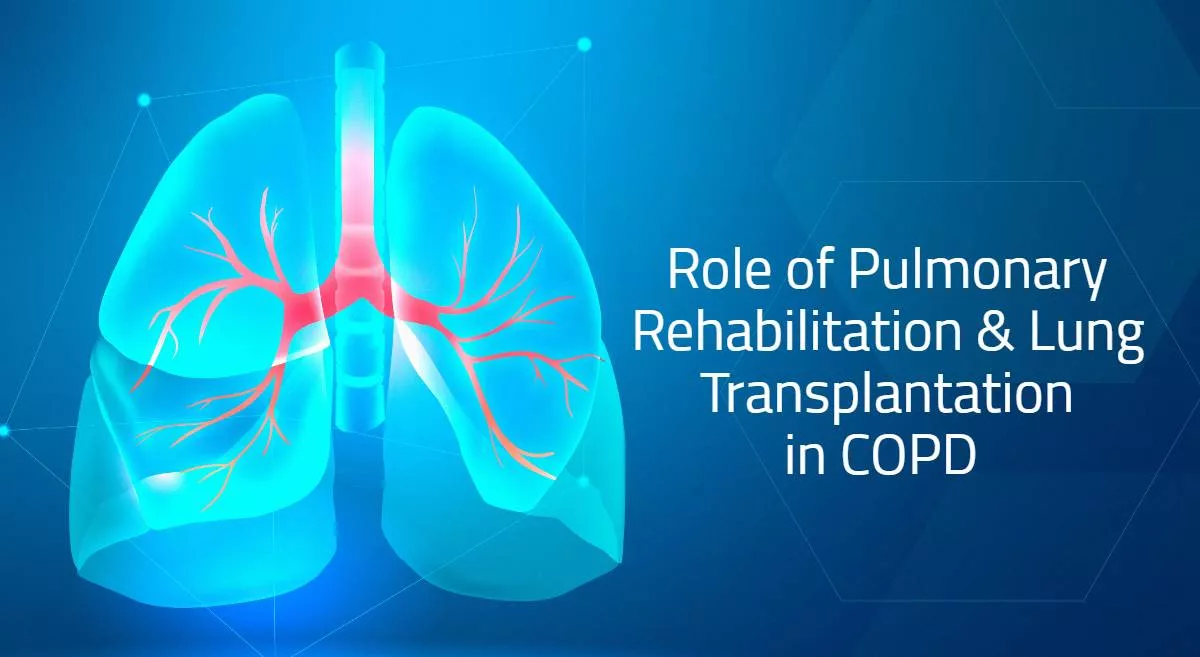It is a group of lung disorders that affect the tissue and spaces between the air sacs (alveoli) in the lungs.These disorders cause inflammation and scarring, which can make it difficult for oxygen to pass through the lung tissue and into the bloodstream.
Incidence and prevalence
There is limited data on the incidence and prevalence of interstitial lung disease (ILD) in India, as ILD is not a reportable disease in the country. However, studies suggest that the incidence and prevalence of ILD may be increasing in India, likely due to changes in lifestyle, occupational exposures, and environmental factors.
One study conducted in the city of Pune in western India reported an incidence rate of 3.98 cases per 100,000 population per year for ILD, with idiopathic pulmonary fibrosis (IPF) being the most common type of ILD diagnosed. Another study from a hospital in Delhi reported that ILD accounted for 2.6% of all respiratory diseases diagnosed over a 10-year period.
While more data is needed to accurately determine the incidence and prevalence of ILD in India, it is clear that ILD is a significant health concern in the country and more research and resources are needed to better understand and manage the disease.
ILD can have various causes, including exposure to toxins, autoimmune diseases, infections, and idiopathic (unknown) causes.
There are many types of interstitial lung diseases (ILD), which are categorized based on their underlying causes and characteristics.
Most common types of ILD
1. Idiopathic pulmonary fibrosis (IPF)
Is a progressive and chronic type of ILD with no known cause.
2. Connective tissue disease-associated ILD
ILD associated with underlying connective tissue disorders such as rheumatoid arthritis, systemic lupus erythematosus, and scleroderma.
3. Hypersensitivity pneumonitis (HP)
Is an inflammatory lung disease caused by exposure to organic dusts or chemicals.
4. Sarcoidosis
Is a condition that causes the growth of tiny clusters of inflammatory cells (granulomas) in various parts of the body, including the lungs.
5. Asbestosis
Is a type of ILD caused by exposure to asbestos fibers.
6. Drug-induced ILD
ILD caused by the use of certain medications, such as chemotherapy drugs and immunosuppressants.
7. Occupational lung diseases
ILD caused by exposure to various dusts and chemicals in the workplace, such as coal dust, silica, and grain dust.
Other types of ILD include lymphangioleiomyomatosis (LAM), pulmonary Langerhans cell histiocytosis (PLCH), and non-specific interstitial pneumonia (NSIP).
It's important to note that each type of ILD has its own set of symptoms, causes, and treatment options, and a proper diagnosis is important for developing an effective treatment plan.
ILD can have various causes, including exposure to toxins, autoimmune diseases, infections, and idiopathic (unknown) causes.


















































































